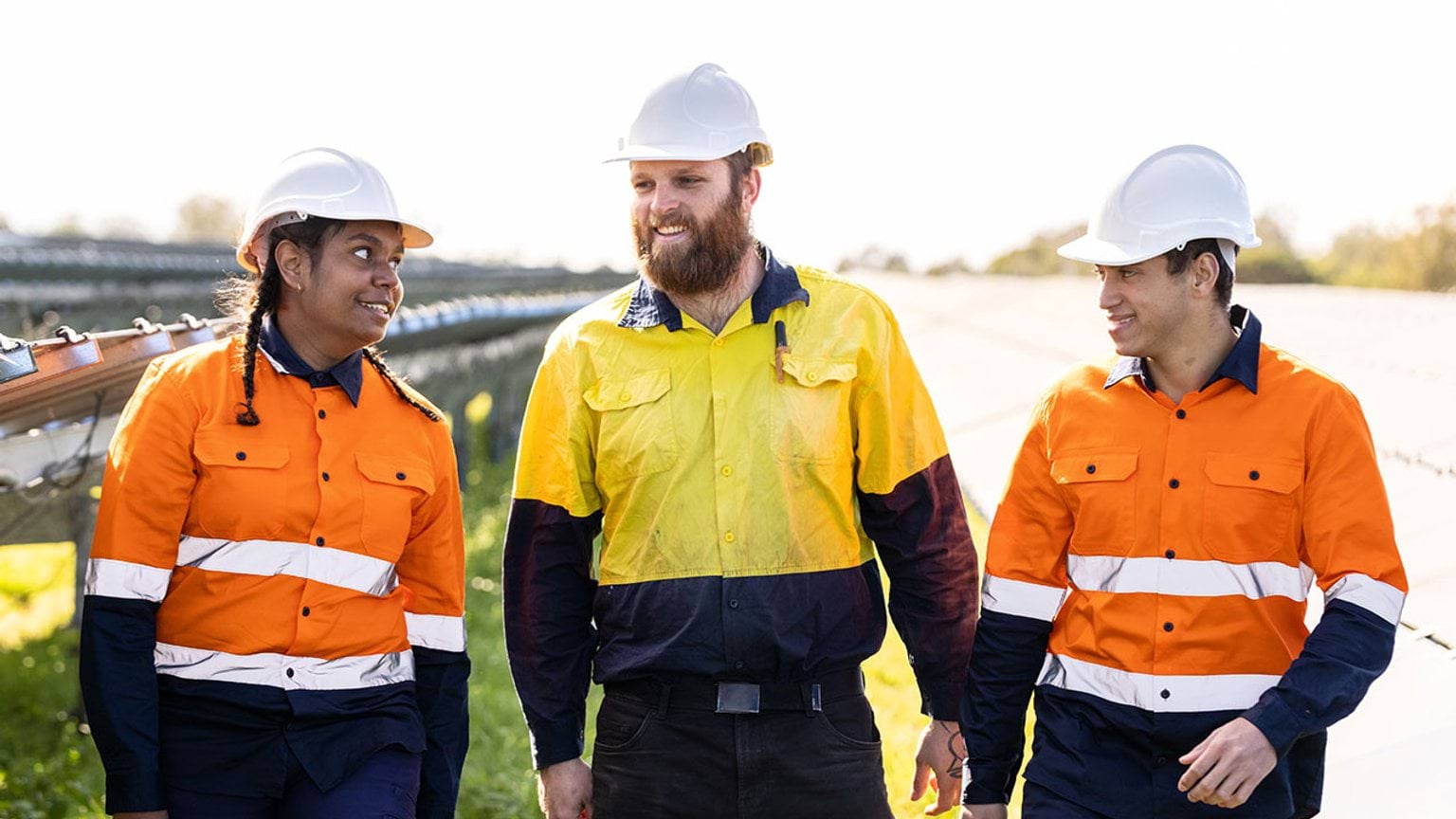Landscape gardeners plan and build garden landscapes. In Victoria, outdoor spaces are being developed or improved. There is a growing need for landscape gardeners.
Find out what a landscape gardener does and the related Vocational Education and Training (VET) courses and pathways you can take to secure a job.
What is a landscape gardener?
Landscape gardeners develop plans, select materials, and schedule and manage the building of structures.
In this role you might:
- construct gravel and paved areas
- build walls, fences or pergolas
- prepare seed beds and growing sites
- plant trees, bushes, hedges or flowers.
Find out more about landscape gardeners(opens in a new window) and these related jobs on the Victorian Skills Gateway(opens in a new window):
- animal attendants and trainer(opens in a new window)
- arborist(opens in a new window)
- garden labourer(opens in a new window)
- gardener (general)(opens in a new window)
- farm, forestry and garden worker(opens in a new window)
- horticultural nursery assistant(opens in a new window)
- landscape architect(opens in a new window)
- noxious weeds and pest inspector(opens in a new window)
- nurseryperson(opens in a new window)
- turf grower(opens in a new window).
Related training courses
Explore these related TAFE and training courses on the Victorian Skills Gateway(opens in a new window):
You may be eligible for government funding to help pay for your course.
Median salary
The median weekly earnings for gardeners in Australia is $1,305.
Source: Jobs and Skills Australia(opens in a new window)
Note this salary is current as of April 2024 and is indicative only. A range of salaries apply to different roles across the industry.
The median weekly earnings for architect and landscape architects in Australia is $1,688.
Source: Jobs and Skills Australia(opens in a new window)
Note this salary is current as of January 2025 and is indicative only. A range of salaries apply to different roles across the industry.
Job demand in Victoria
Below are the employment projections for gardener and architect and landscape architect jobs in Victoria. Figures show the number of workers in 2024 and the new workers expected to enter the workforce by 2027 and 2034.
‘New workers expected’ accounts for workers adding new jobs to the economy and replacing retirees over the next 3 and 10 years. These projections are estimates only. There will be additional jobs available as people move between jobs and industries.
Separate landscape gardener statistics are not available.
Resources to plan your next steps
Visit our administrative and support services industry profile to find out about:
- what it’s like to work in administrative and support services, and some of the jobs you could do
- training and skills to work in the industry, and financial assistance to help pay for your course
- help getting a job in administrative and support services, and industry job projections for Victoria
- other free resources and advice to plan your training and career.
Explore growing industries in your region
Updated



